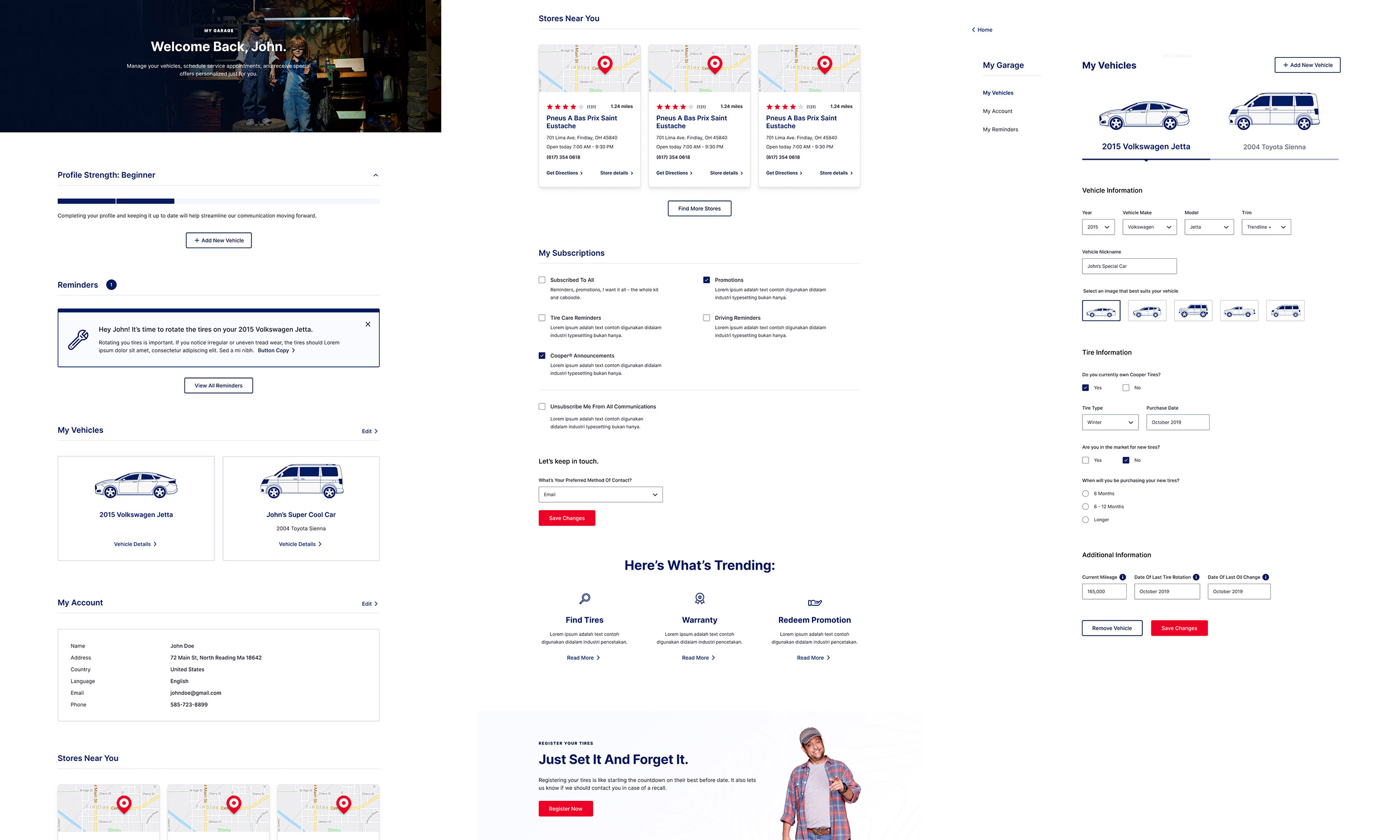Testing Our Assumptions Early
Throughout the Design phase, it was important for me to find ways for my designers to test their assumptions. The first opportunity was during Sprint 0, where I asked our two UX designers to help me brainstorm initial concept ideas for a "Help Me Choose" tool, a requirement that came out of our client workshop in Phase 1.
Due to our client's budget, we were unable to secure an early round of user testing with our researchers. But I didn't want this to stop us from learning. Instead, I proposed we do our own round of testing. I asked one team member to focus on creating Wireframes and an Interactive Prototype and another team member to write-up a lightweight User Testing Plan. While that was taking place, I recruited 5 participants (friends, family, coworkers) who had recently purchased tires or were planning to purchase in the near future. Each member of the UX team was given the chance to moderate one of the sessions. Below is a clip from the testing sessions.







